Myth Busting: Does Creating Unique Images Help with Your SEO?
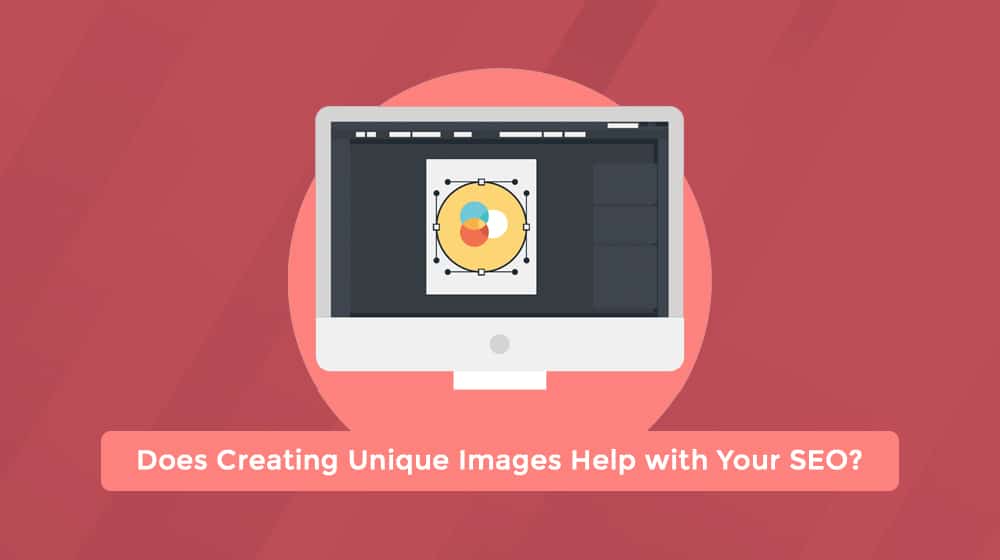
Images are one of the most complicated parts of blog posts. You have to create unique, relevant images packed with value, and you need quite a few of them for every blog post. At least, that's the theory.
Is it true? Let's dig in.
 30 Second Summary
30 Second Summary
You'll find stock images aren't as helpful as unique ones for your blog posts. You have to balance several important factors in your choice. When you use stock photos, you risk copyright issues and might need to pay fees or add unwanted attribution links. You also won't stand out since many other sites use the same images. While Google doesn't directly reward unique images, you'll get better user engagement when you create custom visuals which can improve your SEO with longer page visits and lower bounce rates.
Images: Unique Vs. Stock
One of the primary discussions surrounding images in blog posts is their uniqueness. I've talked before about how stock images don't help your blog the same way as unique ones do. However, including images of any type will help more than if you avoid images altogether. The question is, does Google align with what I say?
"By adding more context around images, results can become much more useful, which can lead to higher-quality traffic to your site." – Google Developers.
So, the official word is that Google doesn't care what the image is. Whether it's unique, stock, or relevant or not, it all measures equally across the algorithm as far as Google is willing to state publicly.
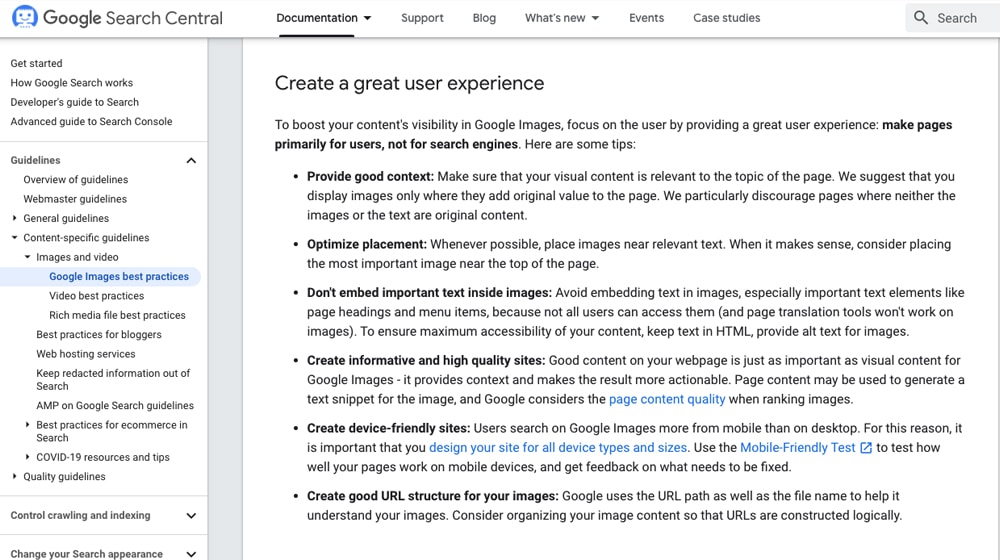
Meanwhile, experiments vary. This one, for example, theorizes that unoriginal images are better because of how Google groups sites. Others have a more standard theory.
I enjoy this particular study because of all of the confounding variables that make it unscientific. It's fun to think about.
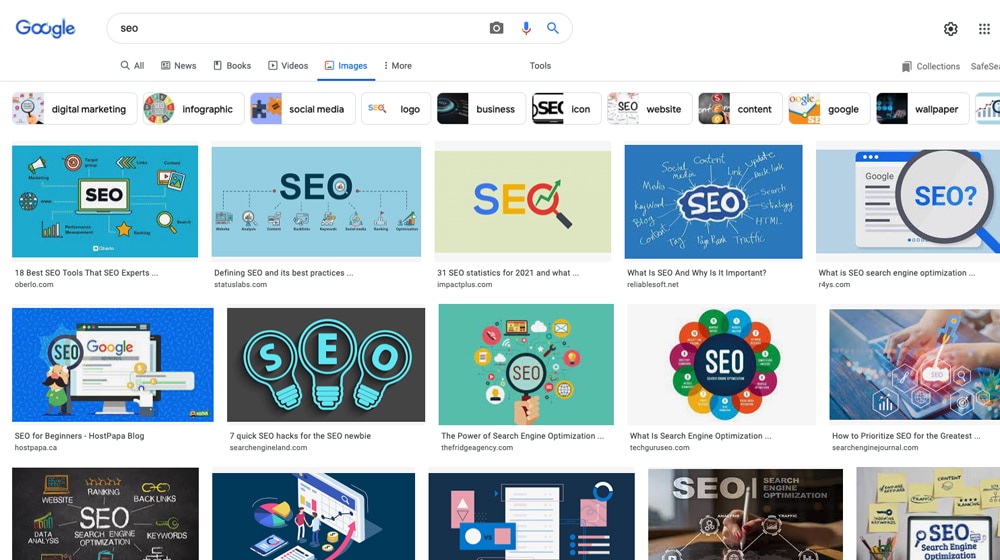
The way I see it, there are two main reasons not to use stock or non-unique images in your blog posts.
- Stock images are used across many different sites and, typically, aren't adding much value on their own.
- Stock images can potentially get you in trouble.
That second one is the main point I want to discuss. In my post about image copyright, I mentioned that Getty Images is very aggressive with monetizing their stock images and pursuing violations to their convoluted terms of use viciously.
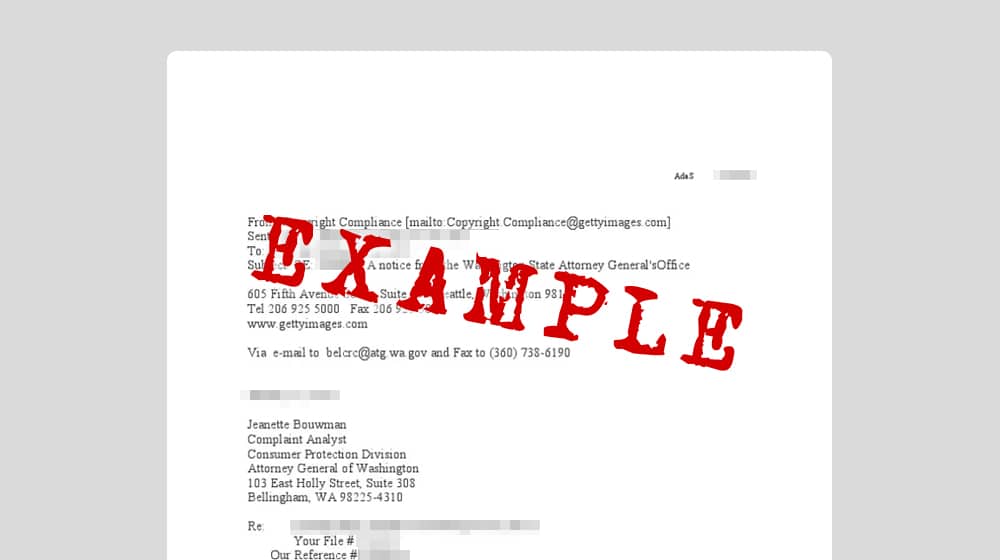
If you use a stock photo, the benefits are simple: it's easy, it's quick, and it fills a hole in your content marketing. On the other hand, the potential drawbacks include:
- It costs money to license and use.
- It requires attribution, often with a link, to a site you might not want to link to (the stock photo site).
- In some instances, the stock photo site might attack you for violating a license, which you may or may not have violated unknowingly.
- In some instances, the person you sourced the image from stole the "stock" photon, and the actual copyright holder pursues you for its use.
And, on top of all of that, it's still not unique!
The Search Engine's Word
Google claims that there's no tangible benefit to using unique images over non-unique images. That's because it's a lot of work for Google to determine nuances of images, especially since their image parsing still isn't the best. They can tell if an image is a copy of another or even a slightly altered copy, but things like flipping or cropping an image still mislead them.
They also can't necessarily tell whether or not two different sites hosting the same images are owned by the same person. If I post the same image on both Instagram and my website, they can draw a connection. But what about a personal photographer's profile site, a site with poor design so it's hard to tell the brand owning it, or a site aggregating photo feeds with attribution? There are millions of edge cases, and differentiating between them isn't worth Google's time.
The key here is that there's still value to unique images, but it's all secondary. Just take a look at what Google's image SEO guide recommends:
- Provide context for the image.
- Use a good URL structure for your images.
- Add structured data to your images.
- Optimize your images for speed.
- Include descriptive information like alt tags and captions.
Interestingly, in a Google Webmaster Central hangout in 2018 with John Mueller, he suggested that it is worthwhile to have unique images on every web page.
Here's the paraphrased quote:
"It's not the case that if you have good images that they will make your site rank better in web search. So it's kind of seperate there. Sometimes good images show up as well in the normal search results. I think if you have a chance to use your own images I think that's definitely worthwhile."
All of this is very important for SEO, and it all centers around how you use images. Search engines don't necessarily care whether the image is unique or not, but it does want to see unique content that hasn't been copied or plagiarized.
Unique Images and the User Experience
Unique images, in my experience, are a boon to the user experience.
How many times have you read a blog post about link building and seen one of those basic stock photos of a chain, or a chain-link fence, or a spiderweb? Haha, get it! A link is part of a chain, and it's metaphorical! Except, everyone uses those images, and many people use the same images over and over.
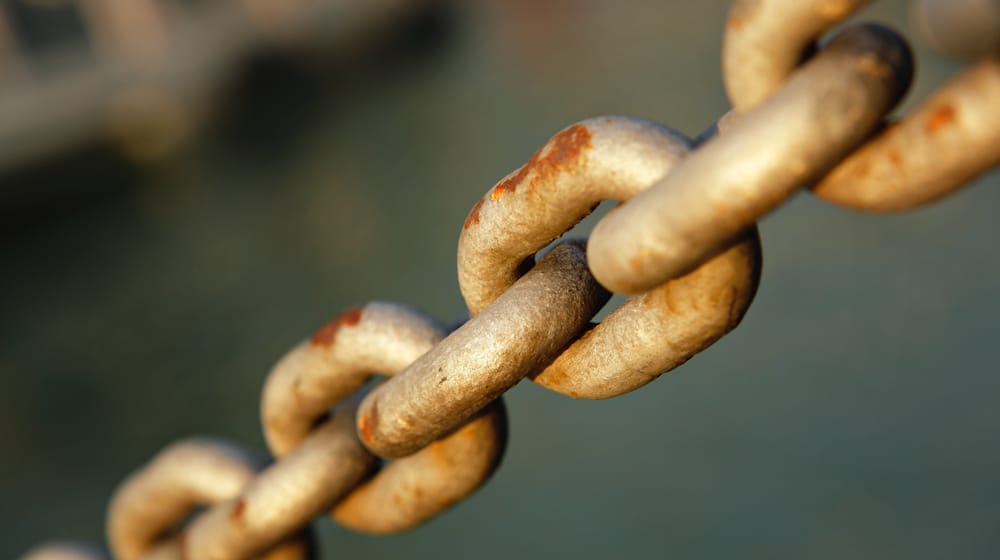
We live in a world where the uniqueness of content is valued. It's what Panda was about back in 2011, and it's only been growing in importance since. Using boring stock photos isn't very unique.
Images are your first impression for a blog post beyond the title. If a user clicks through and sees a stock photo they recognize from somewhere else – possibly even another post in the exact Google search – are they going to look favorably on your content? Probably not.
Conversely, think about the good things an image can bring.
- Increased dwell time as they look at and appreciate your image.
- Increased appreciation for your content and the effort you put into it.
- Increased value from a post as the images conveys more than the words alone.
- Increased options for value in captions.
Please head down to the comments and let me know (yes, you, the one reading this right now). Do you appreciate unique images on a page you're reading? Conversely, do stock images make you feel worse or get a worse first impression of a site?
The point is, all of this affects your SEO in tertiary ways. Google might not attribute SEO value to the uniqueness of an image, but they do assign value to dwell time, lower bounce rates, and a better user experience.
Unique Images and Google Search
Now let's talk about standard Google searches. Do unique images help in pure SEO fashion?
This one is pretty simple: no. Again, the actual content of the image doesn't matter to SEO, and it's because Google has no foolproof method of determining the content of an image algorithmically. They have a lot of image recognition algorithms, but they're not always accurate. Even the best image recognition algorithms are easily tricked. There are even funny Twitter accounts dedicated to this phenomenon.
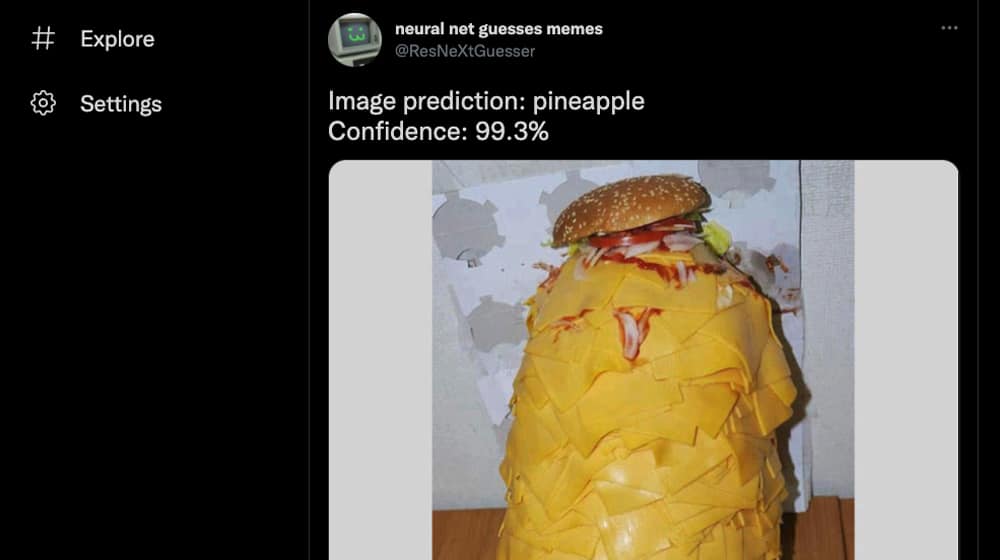
That said, images are essential for SEO because of the additional fields and options they give you. Just look at everything you miss out on:
- Structured data for what the image contains and its purpose, like product images.
- Opportunities for target keywords in image file name, title, caption, alt text, and markup.
- Additional discovery through an image sitemap.
- Media bonuses for using images in a responsive and fast-loading way. More on that here in a bit.
All of this is real, tangible value that you miss out on by not using images. But, there's no difference between stock photos or unique images in those data fields.
The only possible way stock photos might fall short is if they don't have room to be relevant in the keywords you use. It's hard to add nuanced keywords to a generic stock photo, after all.
Unique Images and Google Image Search
Google image search is a little different than traditional organic Google search. Image search, for example, will show a lot of near-duplicate results if those results are available. Usually, these days, they group them up. The initial image search results show a bunch of variations on your core search. If you click one, you'll expand it in a pane and see more similar images below it.
Reverse image search, conversely, will show as many duplicates from as many different URLs as possible. However, reverse image search isn't a meaningful use case and isn't truly that relevant for SEO.
If you want to show up in image search, you must be the top site hosting the image. Only the most popular site hosting a given image will show up, and for stock photos, that's guaranteed to be the stock photo site.
This means that the chances of you ranking in an image search for a stock photo are slim to none. There's simply no competing against a mega-site. However, unique images can give you a dedicated space in the top 20 or so images quite easily.
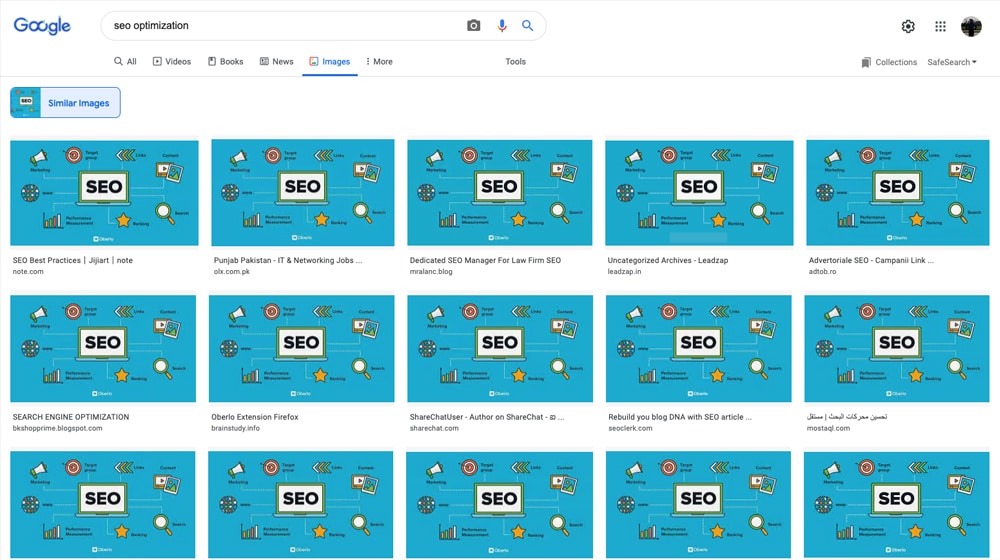
How much value is this? Well, not a lot, but some. Image searches probably aren't a huge source of referral traffic, and even less so conversions, with one exception: product images. Someone searching for a niche product, especially one with a lot of similar variations or serial numbers making it hard to find the exact right thing, might find image results more useful. Still, that's a niche case.
Unique Images and Secondary Attribution
Secondary attribution is probably, to me, an essential part of using high-quality images. For example, let's say I show you this image:
It's a neat image, I guess, but who created it? You don't know.
(It's a stock photo edited by Search Engine Land. It's also used in 10+ places on their site. You would never have known if I didn't tell you, though.)
On the other hand, check this one out.
You know immediately that Jon Loomer made this image after looking at it. If the image is suitably compelling, you can go to his site and see more or look up the original post it came from.
This example is why we often add our clients' logos to their images in Photoshop. If that image is shared without the original link attached, you can still get value from your content when people seek out the image's original creator. Posts get circulated on the internet more than we're able to track them, and images are commonly separated from their original content.
I'll be honest; I don't know exactly how often this happens. It would be direct traffic or generic traffic from someone searching a brand name, and that's a complex metric to measure. Still, it's better than wasting the opportunity.
Of course, there's an entire underground industry of people stealing and sharing original images and putting a lot of effort into removing watermarks, attributions, and artist signatures, so it's a mess. Still, it's worth adding branding if you can.
Image Optimization
Adding unique images to your blog posts can help you, but they can also hurt you if they aren't optimized.
Images are some of the heaviest elements on a web page, and their filesize often far exceeds that of the rest of that page's codebase. Large image sizes are prevalent with animated Gif files, where a single image could contain hundreds or thousands of individual image frames.
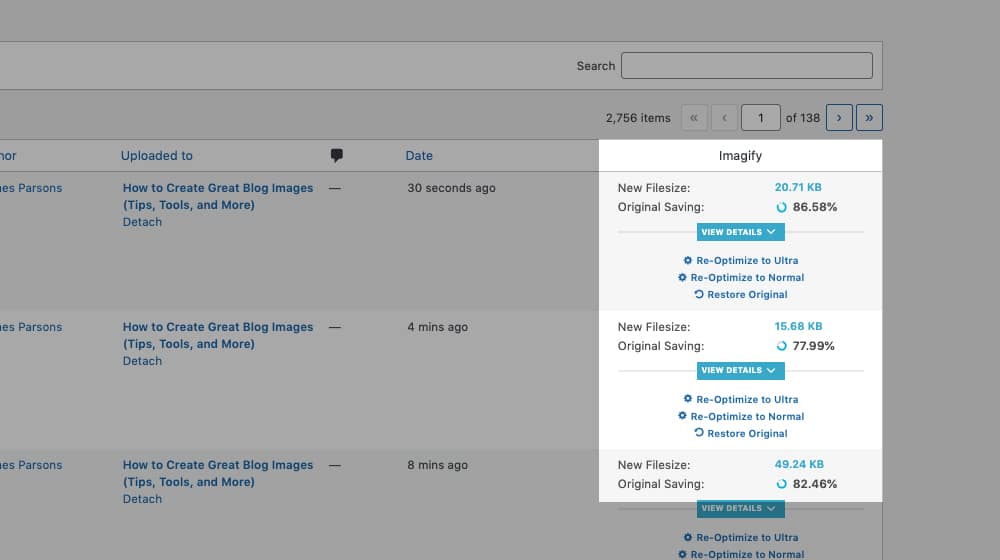
Your images could be high-quality, but if they're poorly optimized, it can hurt user experience:
- Image size. Poorly-sized images may be unnecessarily large and can hurt the page load time, especially on mobile phones. You may need to resize your large images to keep the image file size from damaging your PageSpeed Insights score. There's no need to load a 2000 pixel image on small phone screens.
- Image format. Jpegs are no longer the industry-standard file format for images; Google flags anything other than .webp images for not using next-gen image formats. SVGs are also a good option, particularly for small icons.
- Image loading. Some hosts choke when loading dozens of images simultaneously. You may want to consider lazy-loading them or using a CDN to improve site speed.
- Image tags. Adding images without image title tags and alt attributes (alternative text) are missing valuable search ranking factors. It would help if you filled in descriptive image names for your image tags and metadata, and your image src should ideally describe what the image is and use relevant text for the filename. Some WordPress plugins can help fill out alt text automatically.
- Image compression. Images that aren't run through image compression software will trigger errors in PageSpeed Insights. WordPress users can consider installing a plugin to do this automatically as well.
- Image responsiveness. Responsive images will scale or swap to a smaller-sized version on mobile devices, making it easier for phones with poor connections to load your page.
I wrote a separate guide on how WordPress blogs can score above a "90" on Google PageSpeed, and image optimization is a core part of improving your page SEO.
The "Google Effort" Theory
To wrap up, I want to convey my thoughts in a more theoretical way. Search engines rarely give it to you straight, so marketers rely on large scale tests, case studies, and theories.
Google has a lot to say about how they work. They've also been caught, more than a few times, saying things work one way when they work another way. They do this a lot, in particular, when the truth would be easy to exploit.
In short, I think that there's a sort of hidden "effort" rating for websites. There are thousands of tiny SEO factors that Google can index and check, but that isn't an official part of the algorithm. Individually, they barely make a blip of a difference. A single typo isn't going to damage a site. A stock photo versus a unique image won't be that meaningful when it's surrounded by unique content, and so on.
Search engines love patterns, and one pattern of low-quality content is low effort. Are low-quality posts going to have unique images, or will they be copies of other photos that Google's algorithm has already identified? Why would a site trying to rapidly publish poor or plaigarized content put that extra effort into each article? Are they going to be finely-tuned websites with a great load time or a slow drop-in WordPress template? Are they using custom snippets and attractively structuring their content, or is it a giant wall of text that a freelancer cranked out?
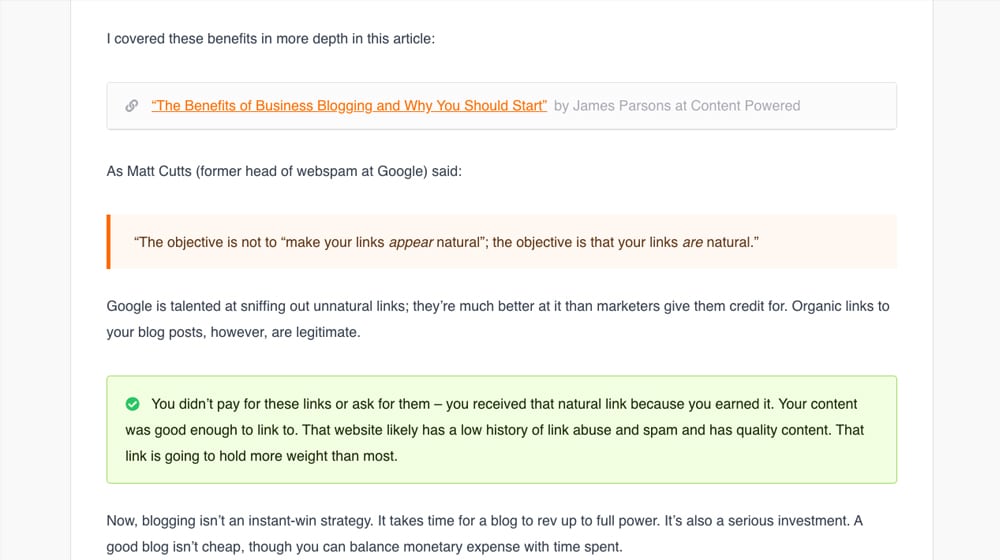
I think that using stock photos is one of those signs of effort, or a lack thereof. Images are hard to create for relatively little reward, so many sites don't do it. And you know what? Most of them rank just fine without it. However, when you're on the borderline between ranking well or struggling in the tier-2 or tier-3 list of sites, maybe it's the thing that would make the difference and push you past the competition. Perhaps the unique images made your article enjoyable enough to read that another blogger decides to link to it, and you pick up some extra backlinks.
What do you think? Do you figure it's not worth the time, effort, and expense of creating unique images, or do you think stock photos are enough? Let me know in the comments if you please. I love these kinds of discussions, and I'm entirely open to any experiments anyone has done.



 30 Second Summary
30 Second Summary
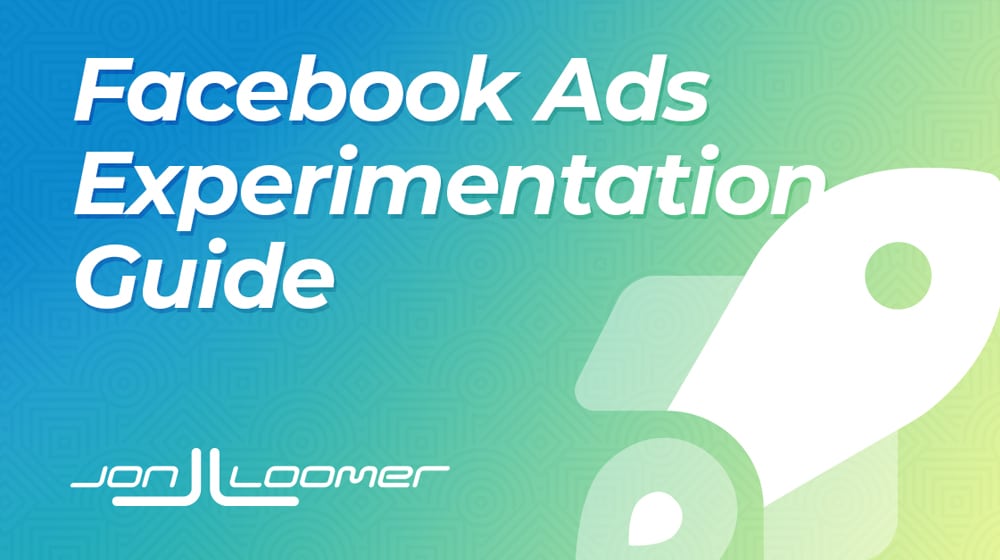




April 18, 2022
I'm not much of a creative and I'd like to stop relying on stock images. Do you think it's worth it to hire a graphic designer?
April 29, 2022
Hey Mike!
It makes a huge difference, especially when you take the time to give helpful screenshots and images that are relevant to your content.
Content marketing is all about value and effort; stock photos don't add a ton of value, and they require no effort, but they're still better than nothing.
Some content types won't need screenshots, and it may be tricky to create custom images without forcing them.
For example, legal, health, and medical content would benefit from stock photos, and custom graphics may not be as helpful here.
Marketing and tech content, though, benefit quite a bit from graphs, screenshots, walking through the steps in a tutorial, etc.
So, it depends on your industry and the type of content you have, but I think putting effort into your graphics is always worth it 🙂
May 24, 2023
Is there evidence that using stock photos is better than no images on the page?
May 24, 2023
Hi Justin,
Good question!
The only time Google has really weighed in on stock photos is whether they can negatively affect rankings, particularly in the conversation of "duplicate content" - and they don't.
But having images in your content is important. Images are pulled into featured snippets, they improve user experience and make your content easier to read by breaking up long sections, they drive extra traffic from Google images, and so on. A fair amount of our backlinks are from people citing our blog posts as the source of an image that they included in their post. This would work for stock photos, too, as it does for many of our clients that use stock photos. So they can even help with link building.
So, images in general are good for SEO and there is plenty of evidence there. Google just doesn't really care much whether those photos are original or stock photos.
The user's experience is everything. So if your images are distracting, awful, not relevant, taking up too much room, taking too long to load - those things can potentially hurt your SEO. It all depends on how you're using those photos and whether it adds or detracts from your content quality.